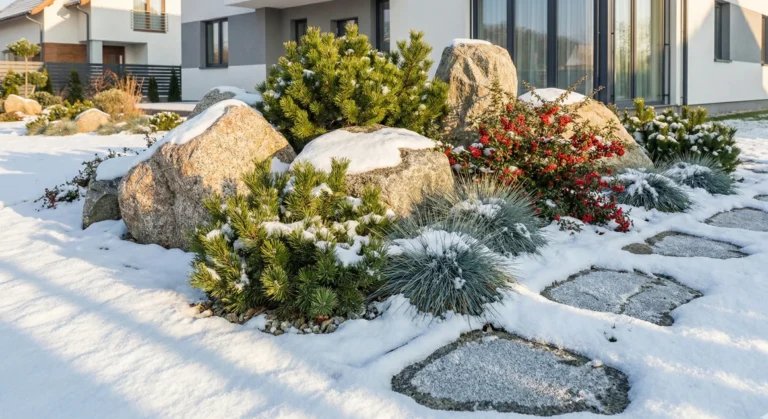Gardeners Urged to Pour Washing Up Liquid on Lawns

A simple, eco-friendly solution to a common lawn problem is gaining traction among gardening enthusiasts, offering an alternative to harsh chemical treatments.
As autumn draws to a close, many British gardeners are facing the annual struggle against moss encroaching upon their otherwise lush green lawns. This persistent problem can quickly transform a pristine turf into a patchy, uneven surface, much to the dismay of those who pride themselves on a well-maintained garden.
While some consider moss to be a natural and even beneficial part of the ecosystem, supporting biodiversity and providing habitats, for others, its unwelcome spread necessitates action.

Is washing-up liquid good for the lawn? Experts are suggesting that a diluted solution can be, specifically as a moss killer, offering a benefit without the side effects of stronger chemicals.
Traditionally, gardeners have turned to chemical-laden products to eradicate moss, but these often come with a hefty price tag and the potential to harm beneficial insects and organisms within the garden.
However, a more environmentally conscious and budget-friendly approach is now being widely shared: using ordinary washing-up liquid (dish soap). This surprising household staple is proving to be an effective, non-toxic alternative for tackling stubborn moss.
Does washing-up liquid kill moss on lawns? Yes, according to expert advice, a simple two-ingredient mixture acts as an “awesome moss killer.”
A simple mixture can be prepared by combining 60ml of dish soap with 4.5 litres of water. This solution can then be applied to mossy patches using a hand sprayer. The key to success lies in timing: the application should ideally occur during a dry spell of at least 24 hours to prevent the solution from being washed away by rain.
What does putting soap on your lawn do? When applied in this specific, diluted way, the soap acts as a drying agent, effectively causing the moss to die back.
Gardeners who have adopted this method report seeing noticeable results within a day or two, as the moss gradually changes from a vibrant green to an orangey-brown, indicating it has dried up and died. Once the moss has succumbed, it can be easily raked away, leaving the lawn clearer for healthy grass growth.
Can I put soapy water on grass? Yes, this specific dilution is recommended for application directly onto moss patches on the lawn.
The Royal Horticultural Society (RHS) also reminds gardeners that late autumn, specifically October or early November, is an opportune time for scarifying lawns to remove moss, especially when the grass is actively growing. For smaller areas, a spring-tined rake suffices, while larger lawns may benefit from a hired mechanical scarifier.
Does washing-up liquid get rid of algae? While this method is specifically promoted for moss, soap-based solutions are sometimes used in gardening for various cleaning purposes, though their primary use here is moss eradication.
Can you put washing up water on the grass? The advice specifies using a precise mixture of dish soap and water (60ml to 4.5 litres) in a sprayer, rather than general washing up water, for effective and controlled results.
By embracing this simple, chemical-free method, gardeners can effectively manage moss.
How do I quickly green up my lawn? Once the dead moss is raked away, feeding the lawn and maintaining good cultural practices (like proper watering and aeration) will encourage the grass to fill in the cleared patches and promote a lush, green appearance.






